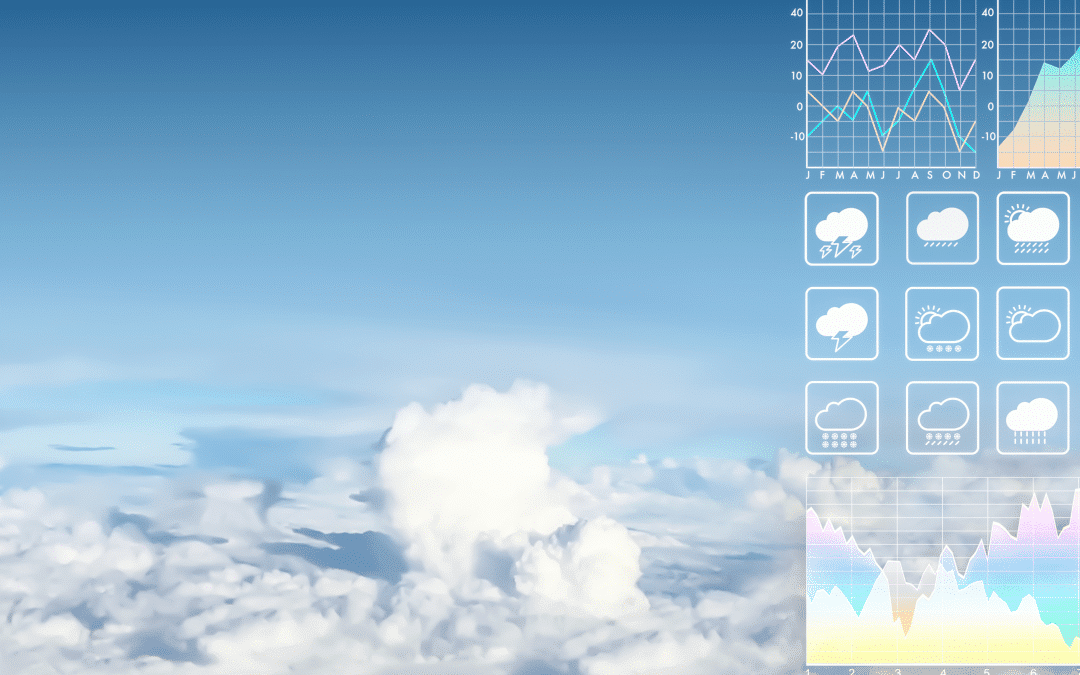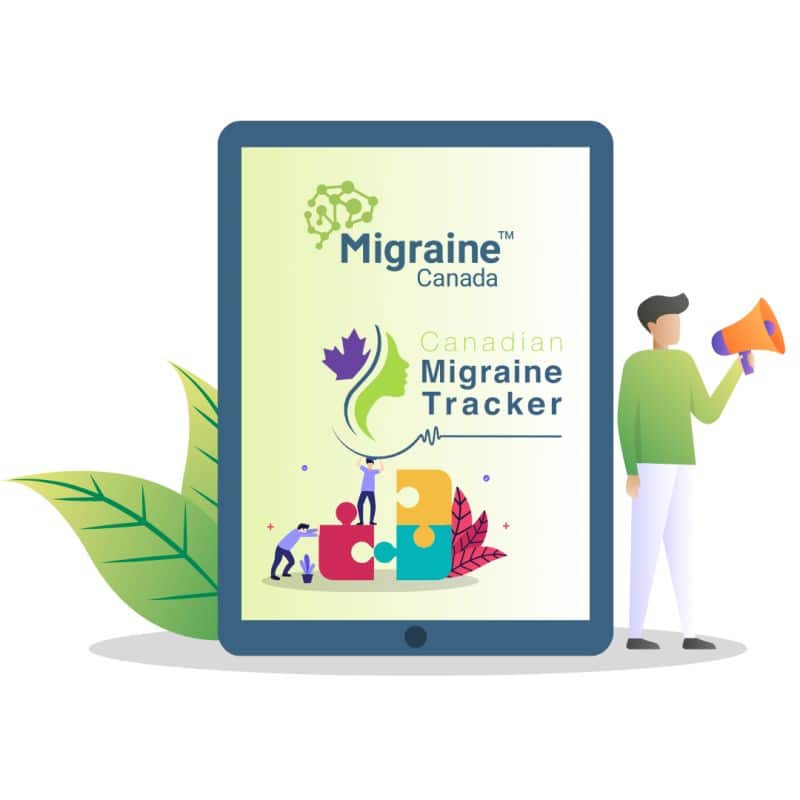In this post, we explore the intricate relationship between weather and migraine. It’s widely acknowledged that weather can influence migraine attacks, with 50% of people with migraine citing it as a trigger. Understanding these weather-related triggers, from pollution surges to chinook winds, is crucial for effective management. Discover practical insights on mitigating weather-induced migraine attacks and the complexities of identifying and coping with these triggers tailored to your needs.
It’s important to note that triggers vary from person to person, often combining and accumulating, making them challenging to pinpoint precisely. If you’re considering using an app designed to monitor triggers, we recommend N1-Headache. To learn more about migraine triggers in general, see this post.
Why would the weather influence migraine?
Our bodies and brains are influenced by weather conditions in various ways:
- Pollution surges are linked to increased emergency department visits for migraine. Smoke and air pollutants are inflammatory and can stimulate receptors that may trigger migraine. Staying indoors and considering air purifiers may help.
- Cold weather can trigger muscle tension in the shoulders and neck. Stretching and using a warming device can alleviate this.
- Bright summer days and sunlight reflecting off snow can trigger visual auras. Wearing sunglasses and a hat can mitigate these effects.
- Hot, humid air causes vasodilation and may also act as a trigger. Staying cool is advisable.
- Dry heat can lead to dehydration, so it’s important to hydrate more than usual during this weather.
- Regarding barometric pressure, there is currently no clear explanation of how it influences migraine
What about chinooks?
During a chinook, a warm wind blows, temperatures rise, and snow may melt. A study conducted in Alberta, where chinooks are frequent during winter, found that although 80% of participants believed their migraine was linked to chinooks, only 20% showed reliable sensitivity based on diary entries and Environment Canada data. Overestimation of triggers (i.e., where many believe they are triggered by something, but the connection is not statistically proven) has also been observed for other triggers such as menstrual cycles and chocolate.
How can I manage my weather-triggered migraine attacks?
Currently, there is no specific action plan for weather-triggered migraine attacks. Decreasing your overall trigger load, scheduling buffer time for rest, and keeping acute medications on hand are typical strategies during high-risk periods.
However, overestimating weather as a trigger can be harmful. For those who experience frequent migraine attacks, pinpointing triggers can be challenging due to the multitude of factors observed daily. Weather conditions fluctuate significantly, and they are beyond your control. Viewing weather changes as potential triggers that cannot be avoided can significantly increase anxiety and potentially trigger more migraine attacks. Like with any trigger, observe for a while, take action where feasible, but try not to get caught in the cycle of anxiety (we understand it’s easier said than done).
References
- Cooke LJ, Rose MS, Becker WJ. Chinook winds and migraine headache. Neurology. 2000;54(2):302-7.
- Kelman L. The triggers or precipitants of the acute migraine attack. Cephalalgia. 2007;27(5):394-402.
Post #718



